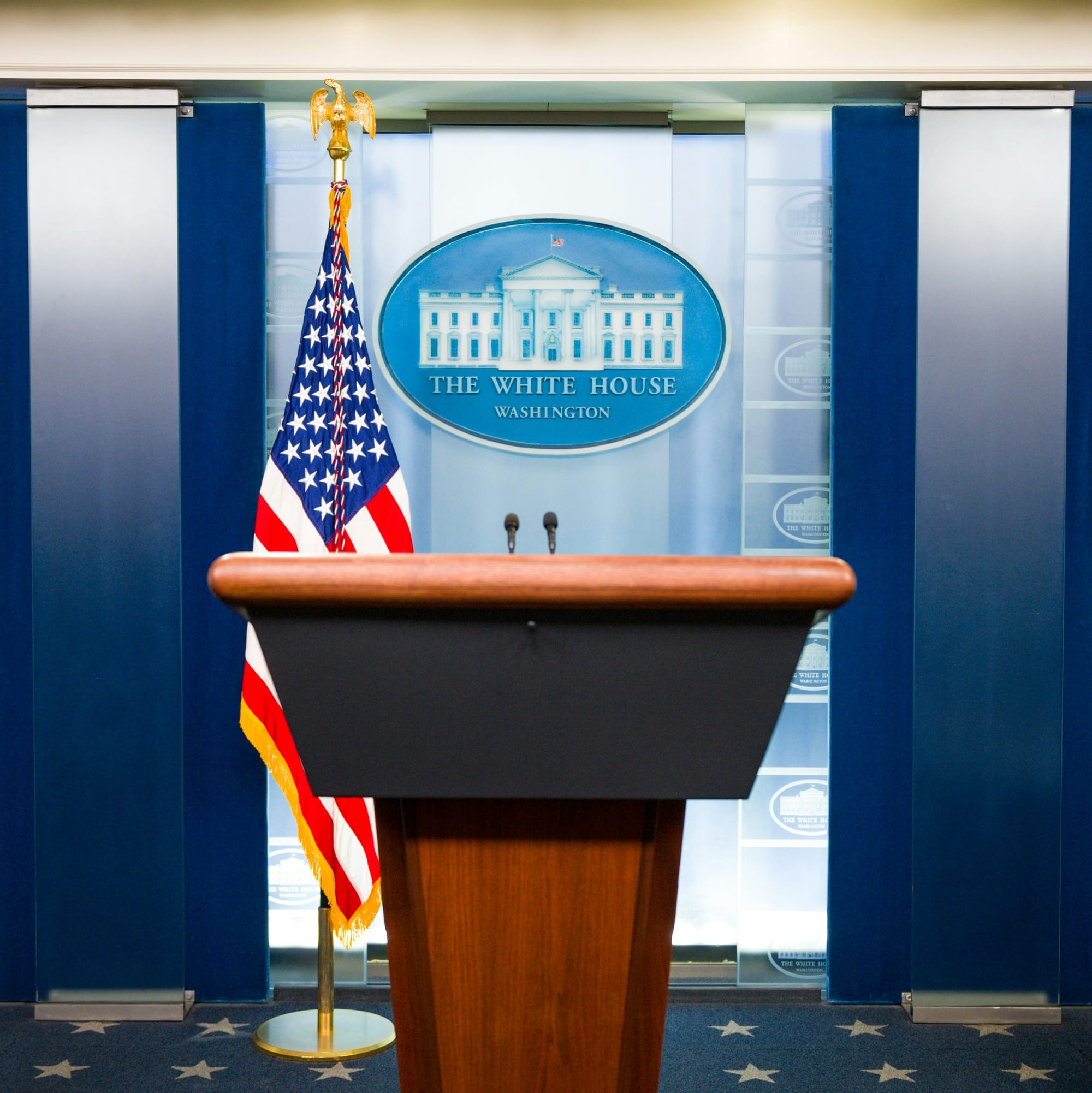The rematch is all but official now that President Biden and former president Trump have each garnered enough delegates to clinch their parties’ presidential nominations. The general election campaign is now underway.
Sadly, this is an election that is likely to be dominated by gaffes and vitriol. But there are important issues and policy differences that the nominees should debate.
Specifically, neither Trump nor Biden has spoken much about poverty. Instead, they have mostly explained how their policies will benefit the “middle class” or the “working class.” As a matter of electoral strategy, this makes sense and reflects the priorities of likely voters.
According to a survey conducted last year by the American Enterprise Institute, only eight percent of Democrats believe that reducing poverty should be the nation’s top priority. That’s well below other issues such as strengthening the economy (19 percent), preserving abortion rights (18 percent), and protecting the environment (14 percent). Reducing poverty barely beats out “reducing taxes and spending” (seven percent), not often seen as a Democratic priority. On the other side of the aisle, poverty alleviation doesn’t even make the list of Republican priorities.
Other polling similarly shows voters ranking issues of poverty well below strengthening the economy, immigration, defending democracy, crime, and so forth. (In fairness, it is possible that many voters lump poverty in with larger economic concerns).
Neither Biden nor Trump likely see low-income voters as a powerful voting block to be courted. Voters with incomes of $20,000 or less make up just four percent of registered voters and have low rates of voter participation. In the 2022 midterm elections, for example, just a third of those with incomes of $20,000 or below voted, compared with 67 percent of those with incomes over $100,000 per year. And, while turnout is generally lower in off-year elections, similar patterns hold in presidential elections. Less than half of voters with incomes less than $20,000 voted in the 2016 presidential election.
But none of that makes issues surrounding poverty any less pressing. Since the inaugural round of Great Society programs in 1965, the United States has directed $36 trillion to a wide array of efforts to alleviate poverty. This year alone, the federal government will spend more than $1.1 trillion to fund more than 130 anti-poverty programs. State and local governments will kick in an additional $700 billion or so, pushing total anti-poverty spending to more than $1.8 trillion. That should be more than enough money to get voters’ attention.
And what is the country getting for all this effort and money? Certainly material deprivation has been reduced and poverty has been made somewhat less miserable. Yet, millions of Americans still struggle to get by day to day. According to the Census Bureau’s Official Poverty Measure, roughly 11.5 percent of Americans live in poverty, roughly 37.9 million people. Under the Supplemental Poverty Measure, which many experts prefer because it includes non-cash government benefits and considers the cost of living, the poverty rate is 12.4 percent.
Both measures probably overstate the actual poverty rate, but millions of Americans nevertheless are unable to become self-sufficient, to fully provide for their families, or to rise as far as their individual talents will take them. It is past time to ask tough questions about whether today’s policies are actually working or whether policymakers need a completely different approach to fighting poverty. A smarter poverty approach would improve opportunity, self-sufficiency, and self-determination, rather than simply throw more money at the problem.
The stakes for both taxpayers and poor Americans are simply too high for policymakers to ignore. One would hope that any serious presidential campaign would devote considerable time and energy developing a viable strategy to finally give poor Americans a fighting chance to enjoy upward mobility.
In the coming weeks, I will look more closely into the candidate’s records and policy proposals. When appropriate, I will look at other candidates as well—such as Cornel West and Robert Kennedy Jr.—who may offer more radical or interesting plans. My goal is to provide a comprehensive roadmap for how the election might affect those at the bottom of the income scale.
Watch this space.


